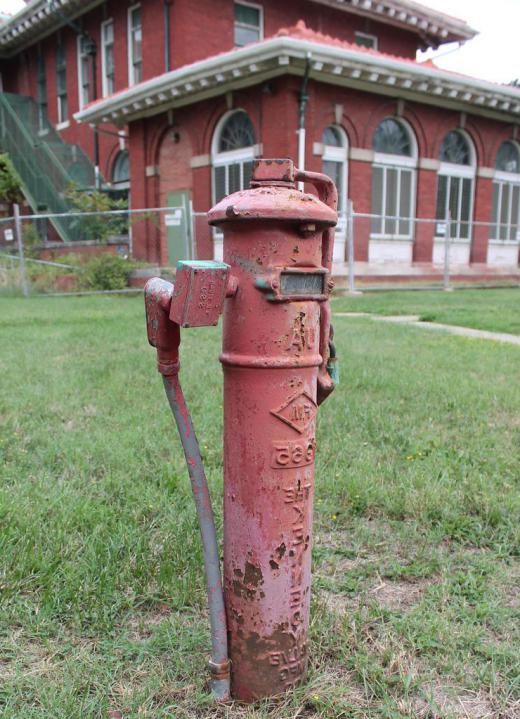As part of an overall fire protection strategy, a fire test is simply a process that makes it possible to determine if various types of devices and materials are in compliance with local building codes in terms of fire retardation. Testing of this type is conducted on different types of electrical devices as well as building materials and other products that must meet minimum safety standards set by the local community. From this perspective, the fire test can be seen as a valuable tool in making sure people are protected and that the devices or materials are not likely to fail in a manner that presents an immediate and serious threat to human safety.
One example of how a fire test impacts day-to-day life is the testing that occurs during the completion of building construction. In order for the project to proceed, the selection of building materials must involve consideration of only materials that have been tested and found to conform with current building codes in terms of fire protection and retardation. The idea behind testing the materials is to ensure that in the event some sort of fire did occur, the rate of consumption of those materials would be slow enough to allow anyone in the structure time to escape.

The use of a fire test to assess other elements of the construction, such as the quality of the electrical wiring found in the building, is also an important facet of ensuring the completed building is safe for human habitation and use. Here the goal is to assess the degree of circuit integrity associated with the system and make sure the wiring itself is stable. Typically, this will also include testing any switches and other components found in the system that can help to shut down the power supply in the event that some section of the wiring should fail for some reason and possibly trigger a fire.
Many devices are also subjected to a fire test of some sort, as a means of making sure those devices are not likely to cause some sort of problem that results in the creation of a fire. For example, devices such as table lamps, television sets, and other common household devices that require electricity for operation are inspected to ensure that the internal wiring and configuration of the systems are in compliance with standards and regulations set by governmental and industry agencies. While the exact nature of a fire test will vary depending on the type of materials or devices under scrutiny, the end result is always to make sure that the potential for the outbreak of a fire and damage to human beings is kept to a minimum.

